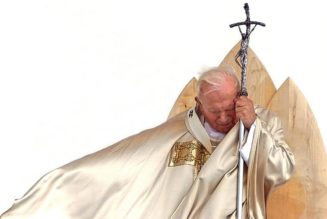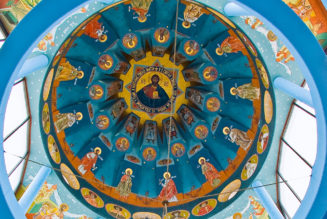The history of diners is, in many ways, the history of the United States in the second half of the 20th century. But some would argue that diners actually trace their lineage back through the kafenio, a Greek coffee shop with origins in the Ottoman Empire.
In this episode of Food History, host Justin Dodd explains how diners proliferated throughout the United States, and touches on what they mean to the country’s culture and cuisine.

Diners (then known as lunch wagons) began as mobile food wagons that would come out at night to serve simple meals to workers on the third shift. They were literal wagons—carts pulled by horses. Although street food vendors have existed as long as cities have, most had simple setups and sold only one kind of food—pies and baked potatoes were popular choices—–and they operated during the day.
From those humble beginnings, diners developed into an icon of post-World War II Americana, with a recognizable aesthetic and menus that can rival novellas for length and complexity. But what was so appealing about those vinyl booths and Formica countertops? And how did a mobile cart serving rough-and-tumble workers transform into a destination for family breakfasts?

Check out the full video to learn more, from how the G.I. Bill played a role in the spread of this type of restaurant to why so many diners were once owned by Greek immigrants.
And subscribe to Mental Floss on YouTube to stay up to date with all episodes of Food History and much more.
Join Our Telegram Group : Salvation & Prosperity







